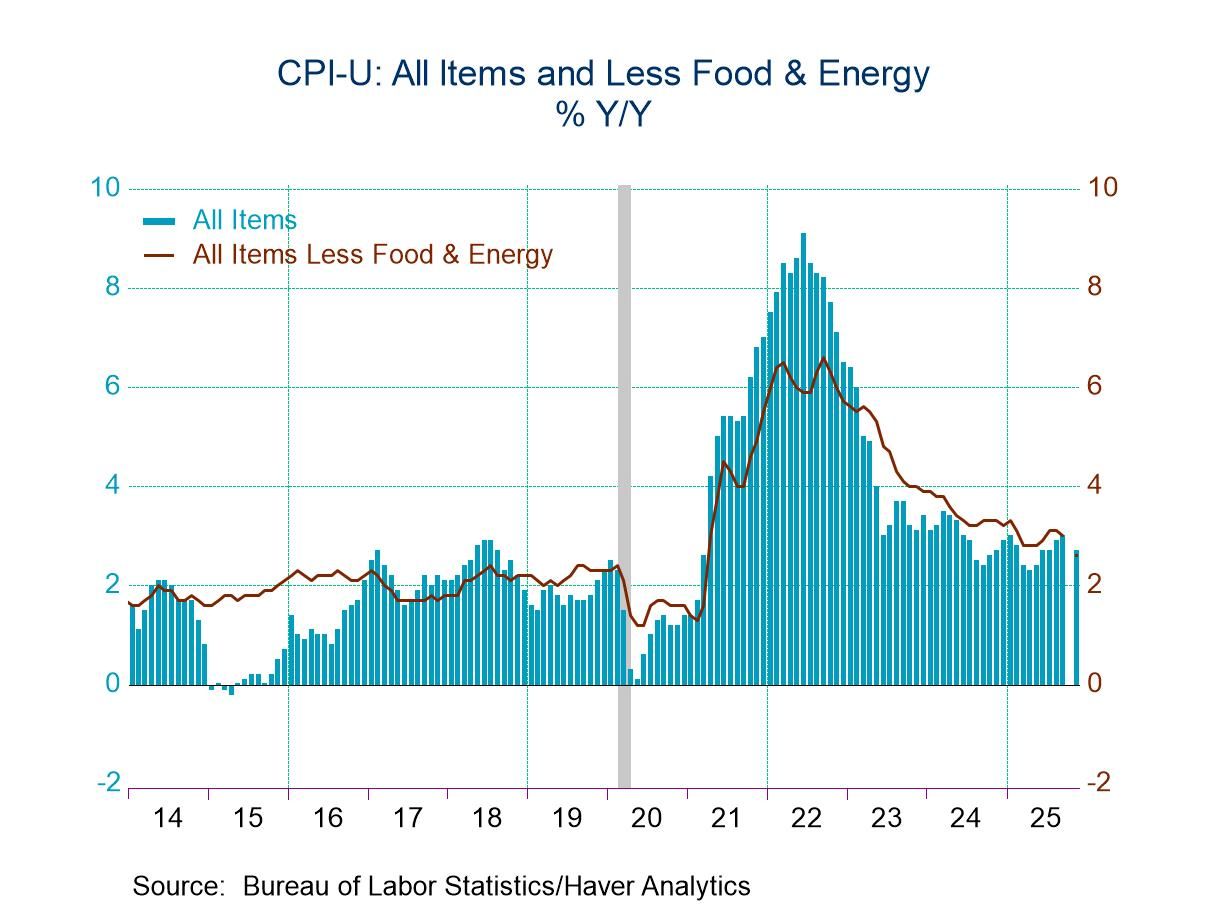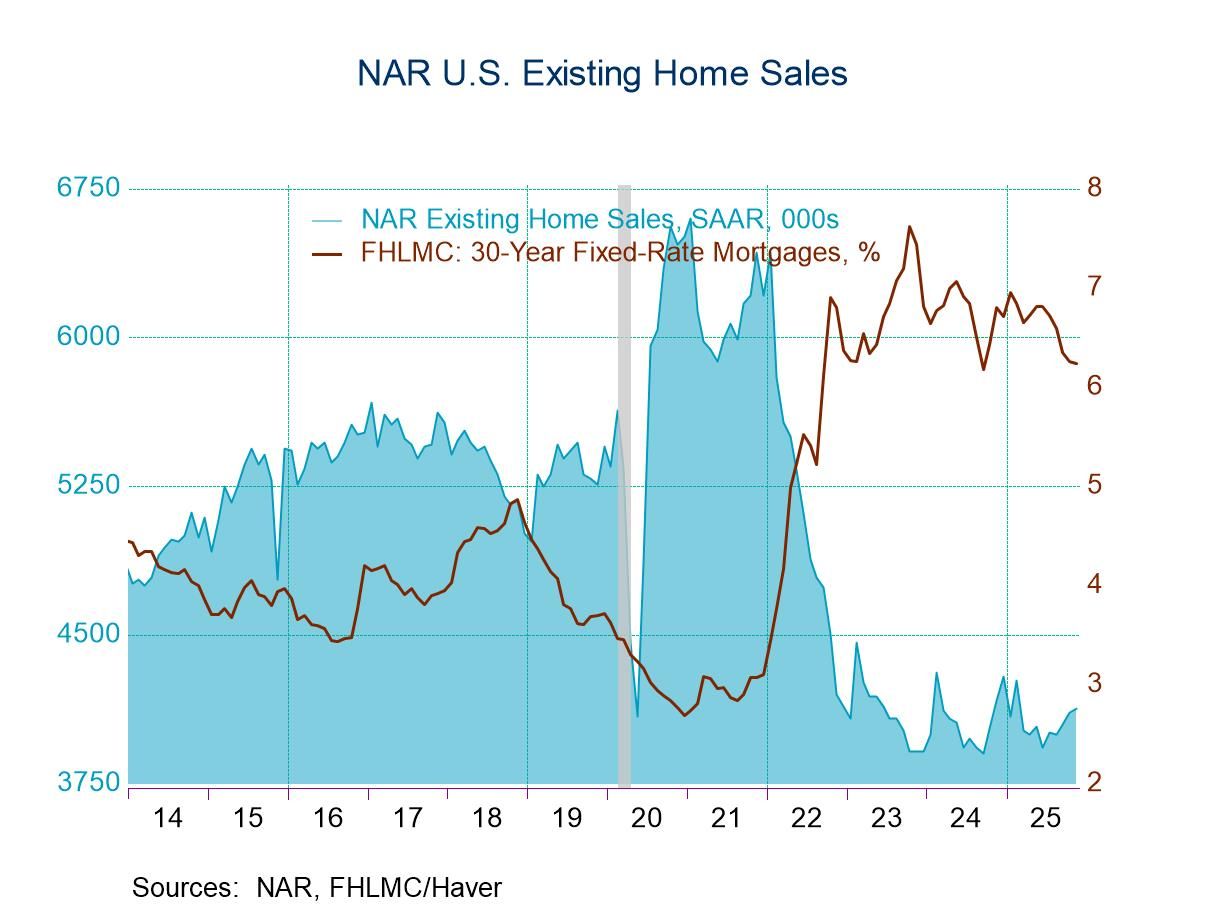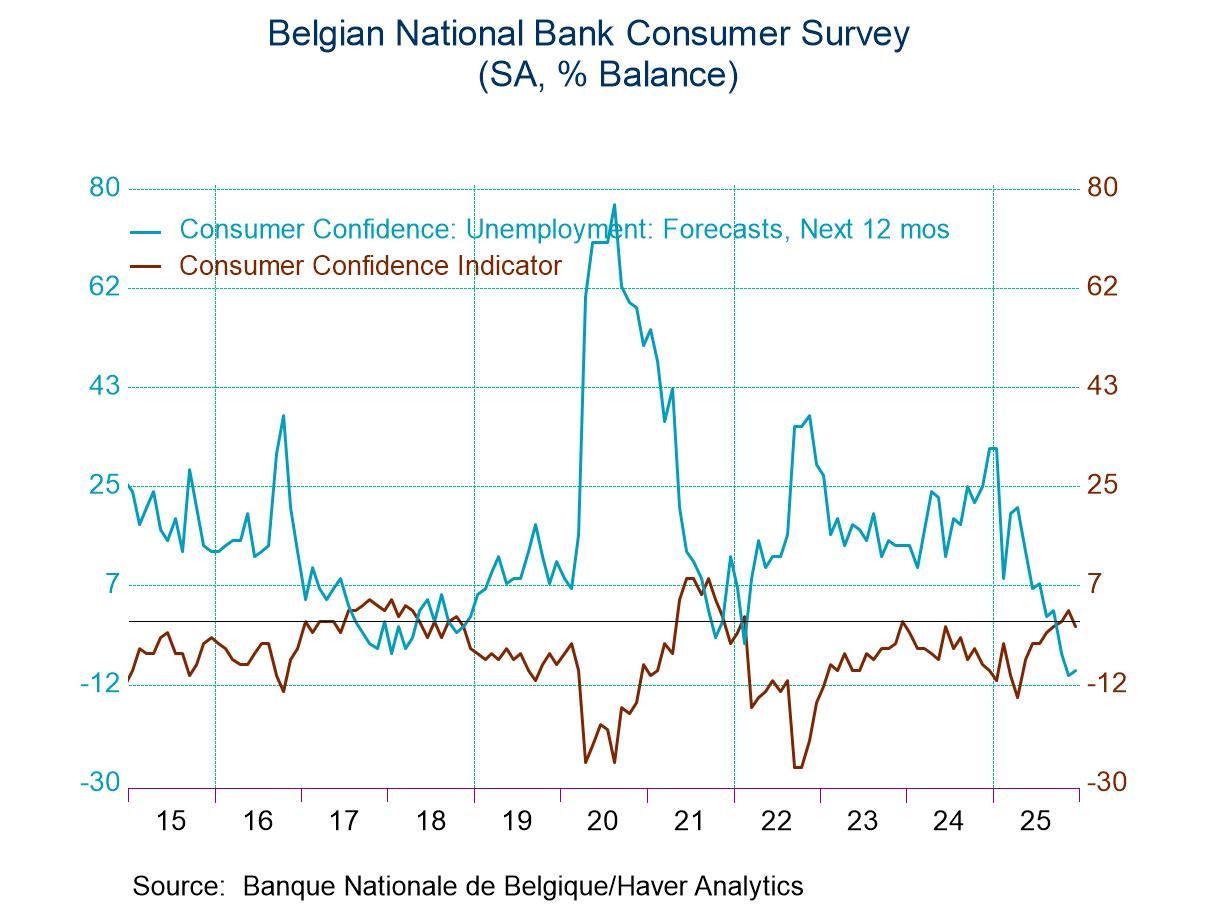UK Inflation: Too High Stuck, & Disappointing

UK inflation jumped more than expected in October with the CPI-H rising 0.5% after being flat in September. The CPI-H core measure excluding energy, food, alcohol, & tobacco rose by 0.4% month-to-month after rising 0.1% in September.
Even though this is the UK reporting a bad number after a good number, its good number in September had followed another bad number in August so on balance the trend for the UK is remaining higher than the result that policy seeks.
Inflation’s trend - Sequentially headline CPI-H inflation is up by 3.2% over 12 months it's up at a 3.2% pace over six-months and it's up at a 3.6% annual rate over three-months. Those numbers compare to a 2% target for inflation in the UK; the core for the CPI-H that is described above, rises 4.1% over 12-months, rises at a 3.9% annual rate over six-months, and gains 3.7% at an annual rate over three-months. This rate shows some minor disinflation and progress but at a pace that's still terribly high and with the core rate higher than the headline rate on each of these sequential periods. That's disappointing because the core rate tends to be more stuck and it's harder to move.
Inflation’s breadth - Diffusion measures the breadth of inflation acceleration. That metric is at 54.5% in October, September, and in August. It tells us that the month-to-month inflation changes have had just a little bit more acceleration than deceleration over these last three months, a period when inflation has been running too hot. Sequentially, if we look at diffusion over 12 months, that diffusion is low with the reading of 18.2%. Over 12 months inflation is accelerating in only about 18% of the categories! But, of course, a year ago headline inflation was 4.7% and core inflation was 5.7% so it's not surprising that there's a broad deceleration from those sorts of numbers. Over six-months we find diffusion is a lot higher but the reading on diffusion is still quite low, showing a tendency for inflation to fall, since the diffusion index is only at 36.4%. Diffusion shows a lot more step down in inflation from six-months to 12-months than what we see in the actual inflation numbers measured either by the headline or the core CPI-H. The inflation rate over three-months, however, shows that diffusion marks inflation as accelerating again. Three-month diffusion is at 63.6% indicating that inflation is accelerating in nearly two-thirds of the categories over three-months compared to six-months. This is certainly not acceptable with the three-month inflation rate running at 3.6% and with the core slightly hotter.
Unemployment is low - During this period, the economy has continued to generate low unemployment rates. The unemployment rate in August is 4.3%. That compares to a 12-month-ago unemployment rate of 4.1% twenty-four months ago it was at 3.8%. There has been only a small rise in the unemployment rate from some extremely low numbers. The claimant rate of unemployment shows a little more up-creep at 4.7% in October that compares to 4.6% in August; it compares to a rate 6 months ago at 4.1%. The claimant rate is showing slightly more lift but still a relatively moderate rate of unemployment.
Summing up - These conditions are going to continue to make policy-making difficult at the Bank of England. Inflation is running hot, and it looks like it's stuck. The economy is performing reasonably well, judging from the state of the labor market. But there's also some evidence of economic weakness, certainly broader macroeconomic data have shown more weakness than just the unemployment rate. Policy in the UK is going to continue to face challenges as 2024 draws to a close.
Robert Brusca
AuthorMore in Author Profile »Robert A. Brusca is Chief Economist of Fact and Opinion Economics, a consulting firm he founded in Manhattan. He has been an economist on Wall Street for over 25 years. He has visited central banking and large institutional clients in over 30 countries in his career as an economist. Mr. Brusca was a Divisional Research Chief at the Federal Reserve Bank of NY (Chief of the International Financial markets Division), a Fed Watcher at Irving Trust and Chief Economist at Nikko Securities International. He is widely quoted and appears in various media. Mr. Brusca holds an MA and Ph.D. in economics from Michigan State University and a BA in Economics from the University of Michigan. His research pursues his strong interests in non aligned policy economics as well as international economics. FAO Economics’ research targets investors to assist them in making better investment decisions in stocks, bonds and in a variety of international assets. The company does not manage money and has no conflicts in giving economic advice.






